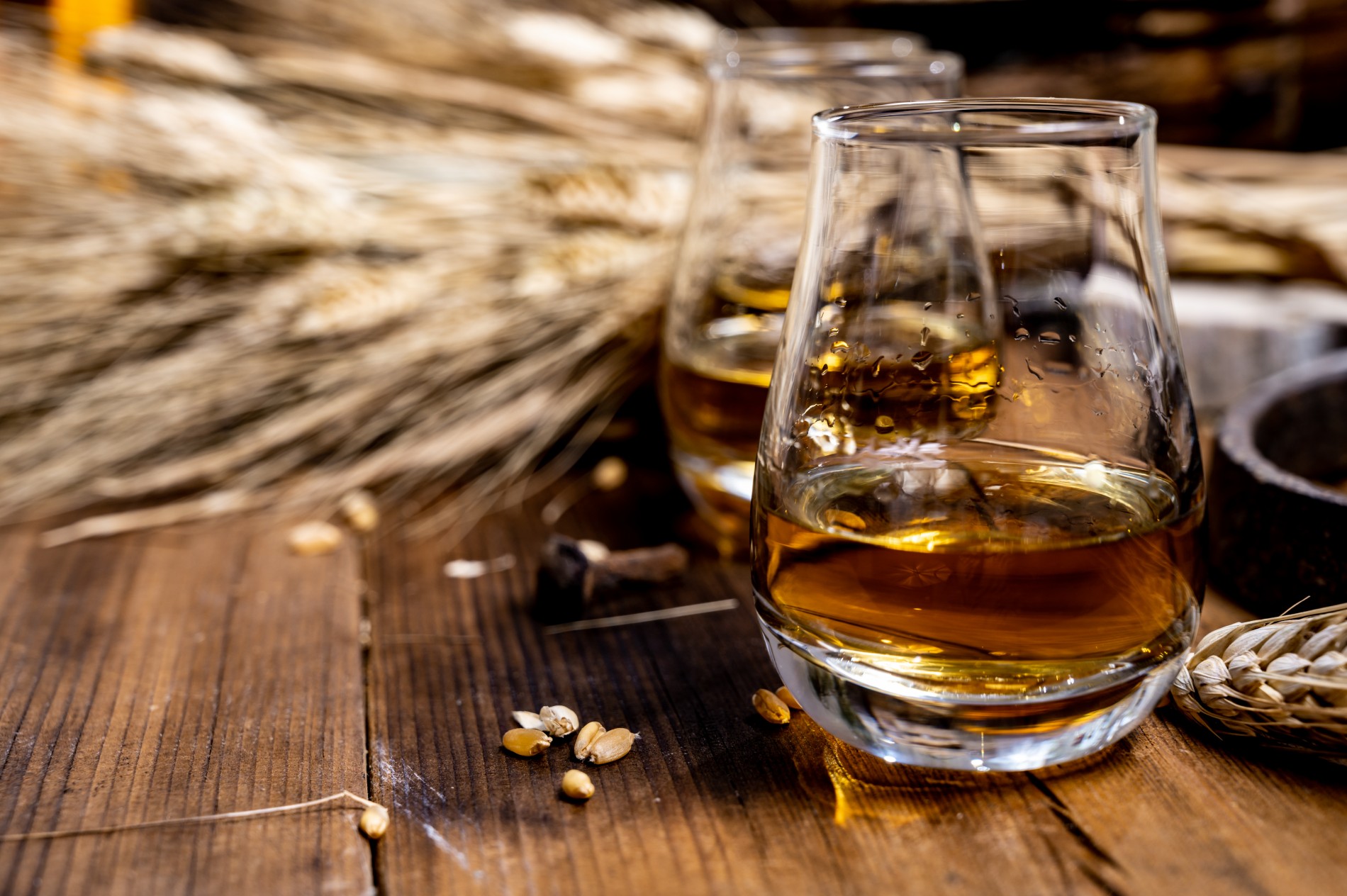
What Makes Scotch Whisky So Special?
Known and loved the world over, Scotch Whisky has been capturing the essence of Scotland in every rich, golden mouthful for over 500 years.


Known and loved the world over, Scotch Whisky has been capturing the essence of Scotland in every rich, golden mouthful for over 500 years.
Scotch Whisky. Known and loved the world over, our national drink has been capturing the essence of Scotland in every rich, golden mouthful for over 500 years.
Scotch’s heritage began in 1494 when the tax records of the day, the Exchequer Rolls, showed an entry listing “Eight bolls of malt to Friar John Cor wherewith to make aqua vitae.” From here, its popularity grew and the first taxes on whisky were introduced in 1644 - leading to Scotland’s infamous illicit still explosion which would go on for the next 150 years.
At its peak, as many as 14,000 illicit stills were being confiscated every year, some by one of the country’s most well-known tax collectors, Robert Burns, who trained as an exciseman before his love of writing took hold. His 1785 poem "Scotch Drink”, an ode to whisky and the nature of happiness - of community, cooperation, warmth and a friendly welcome, suggests he may have enjoyed a dram or two along the way!
The term 'whisky' comes from the Gaelic 'uisge beatha' or 'usquebaugh', meaning water of life.
Made from just three natural ingredients – cereals, water and yeast, Scotch Whisky must be distilled and matured in Scotland for at least three years – although as we know, many Scotch Whiskies will be matured for considerably longer than the legal minimum. It must be bottled in Scotland at a minimum alcoholic strength of 40% abv.
Until 1831, whisky had all been produced as single malt but the invention of the Patent Still by Aeneas Coffey enabled a new process of distillation to take place which led to the production of grain whisky.
Blending this lighter flavoured drink with the more potent and fiery malts, extended the appeal of Scotch Whisky to a considerably wider market and by the 19th century whisky entrepreneurs such as James Buchanan, Tommy Dewar, Johnnie Walker and James Chivas took Scotch Whisky to the far corners of the British empire and beyond, building the extensive export market that has served Scotland well for the past 200 years.
Today, there are five categories of Scotch Whisky, four of which are stocked in Provender Brown:
A scotch whisky distilled at a single distillery from water and malted barley without the addition of any other cereals and by batch distillation in copper pot stills.
A blend of single malt scotch whiskies distilled at more than one distillery.
A blend of single grain scotch whiskies which have been distilled at more than one distillery
A blend of one or more malt whiskies
There are five Scotch Whisky regions - Campbeltown, Highland, Islay, Lowland and Speyside.
The most densely populated whisky region in the world, famous for fertile glens and the River Spey. Speyside whiskies are known for being full of fruit and apple, pear, honey, vanilla and spice all play a part in the flavours of this region, which are commonly matured in Sherry casks.
Soft and smooth malts are characteristic of this region, offering a gentle, elegant palate reminiscent of grass, honeysuckle, cream, ginger, toffee, toast and cinnamon. The whiskies are often lighter in character.
This region, which also takes in the islands, has a huge diversity of flavours and characters. From lighter whiskies all the way through salty coastal malts, the Highlands offers a Scotch for all palates.
Campbeltown whiskies are varied and full of flavour. Hints of salt, smoke, fruit, vanilla and toffee mingle in whiskies of robust and rich character.
Islay is a magical island where the majority of its population are involved in whisky production. Famous for fiery, heavily peated whiskies.